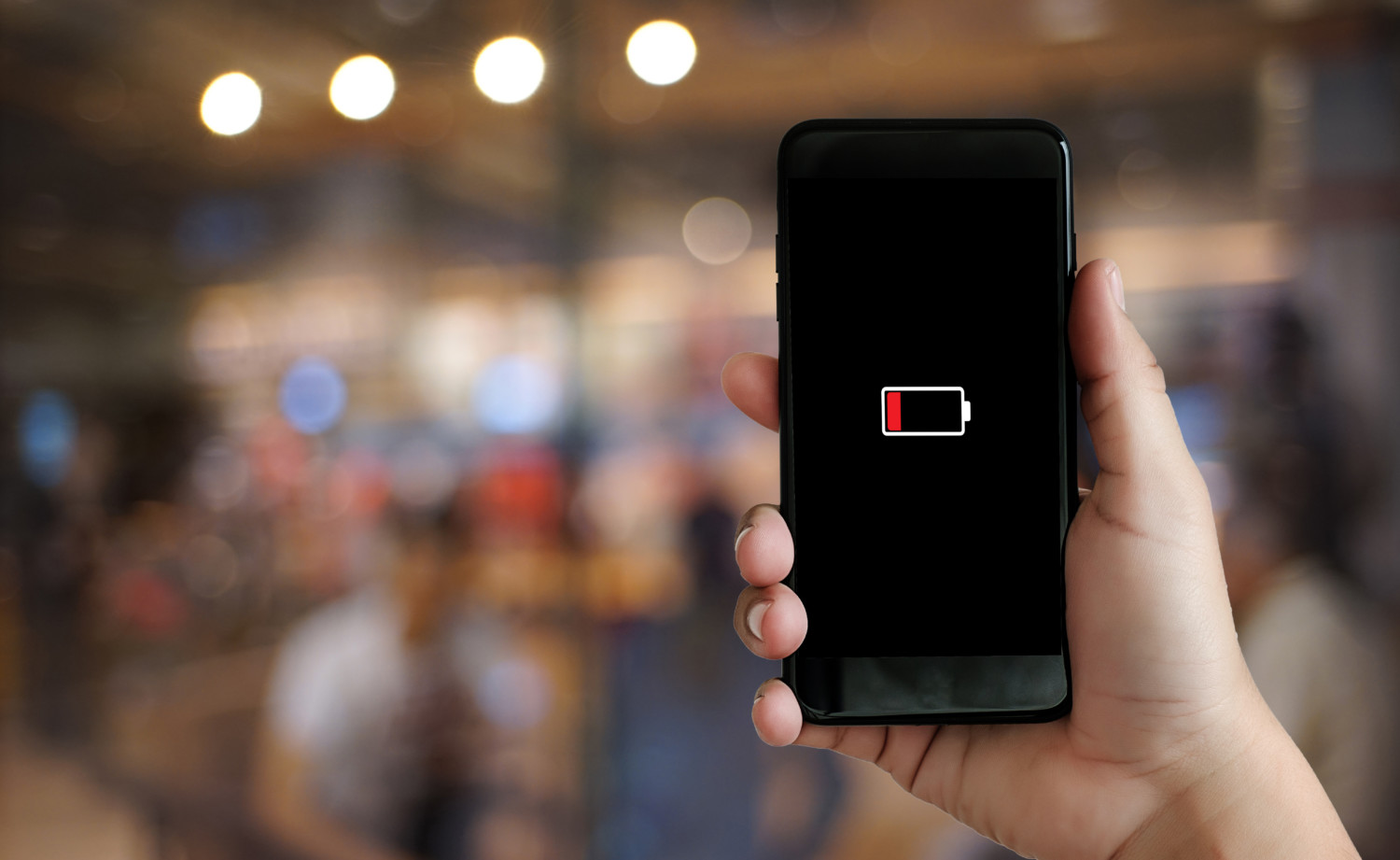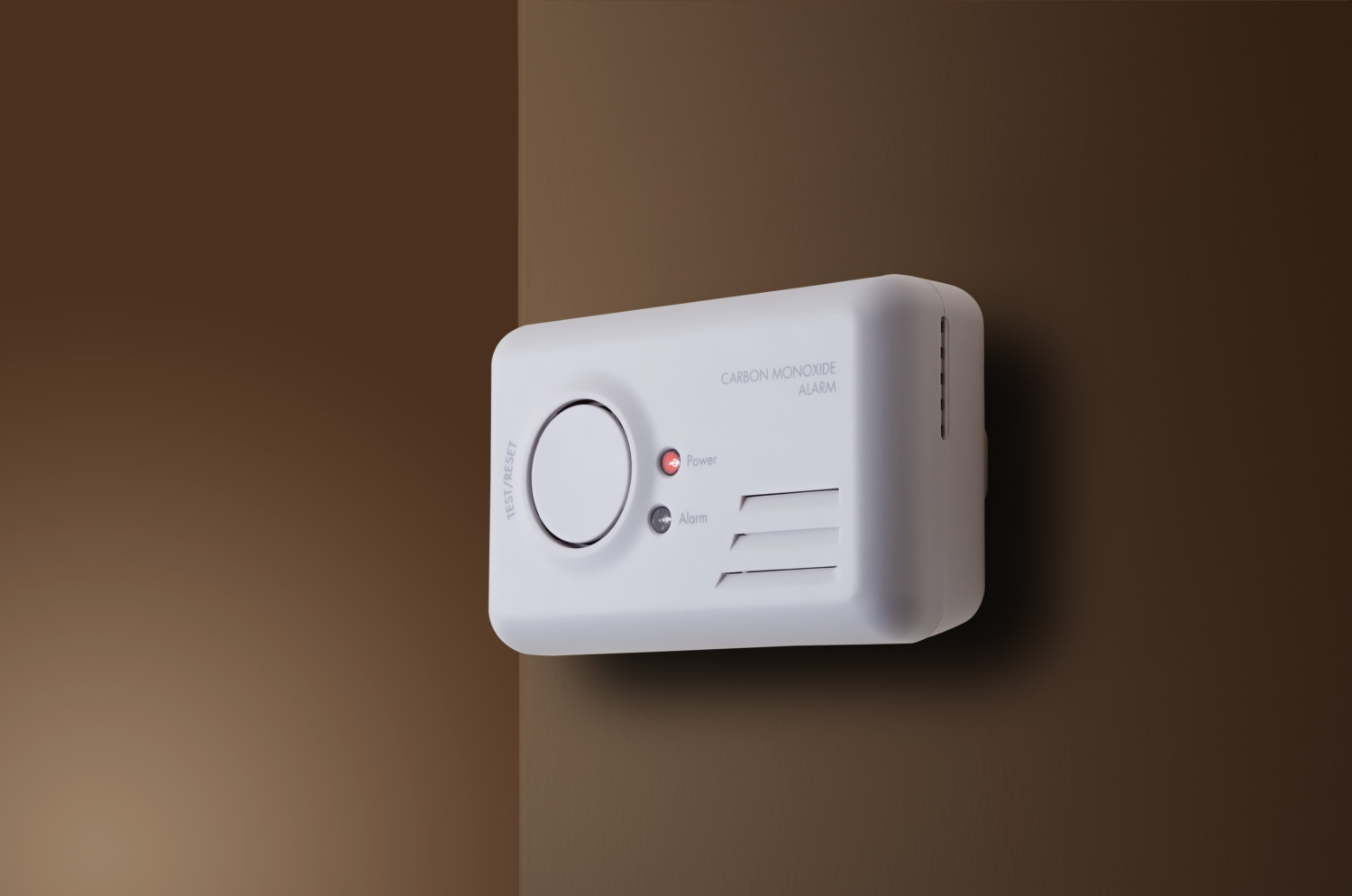States across the U.S. have experienced widespread power outages this week, following several days of freezing temperatures and winter storms, and Texas has been hit particularly hard.
Over the past 20 years, the country has faced sustained power outages due to severe weather conditions. An analysis of Department of Energy data published in September 2020 found a 67% increase in weather-related power outages since 2000. But there are steps you can take to make surviving a prolonged power outage slightly less difficult.
If you’re one of the millions of homes facing a power outage, here are some expert survival tips.
Conserve Your Phone Battery
With no way to charge your cell phone, you definitely need to stay off apps and social media and keep it for emergency use. Switch your phone to power-saving mode, i.e. airplane mode on an iPhone or economy mode on an Android device.
Consumer Reports also recommends writing down all phone numbers and addresses you might need — just in case you can’t go somewhere to recharge your battery and get in touch with family and friends, like a nearby hospital, storm shelter or library.

Use Up Food That Will Spoil First
If you lose power but can cook outside, Consumer Reports suggests cooking up your perishable foods, like raw meat and soft cheeses.
Food in your refrigerator can maintain a safe temperature for only about four hours. After that, it can spend another two hours above 40 degrees Fahrenheit before it becomes unsafe to eat. According to Ready.gov, a full freezer should stay cold for about 48 hours after the power is lost, while a half-full freezer should stay cold for about 24 hours. Keep refrigerators and freezers closed, and monitor temperatures with a thermometer.

Don’t Use Generators Or Camp Stoves Indoors
Incidents of carbon monoxide poisoning often spike after extreme weather disasters because when people are left without power, they turn to gas stoves, generators and their cars to cook and stay warm. Centers for Disease Control and Prevention advises that “Generators, grills, camp stoves, or other gasoline, propane, natural gas, or charcoal-burning devices should never be used inside a home, basement, garage, or camper — or even outside near an open window.”
Ready.gov also warns against using generators, camp stoves or charcoal grills inside your home to avoid carbon monoxide poisoning. If you use them outdoors, make sure they’re at least 20 feet away from your windows. Never use a gas stovetop or oven to heat your home.

Check On Your Neighbors
Older adults and young children are especially vulnerable to extreme temperatures. If the heat or cold is extreme, take them to a local cooling or warming center — check with your local officials for your nearest one, and remember that the location may have changed this year due to the COVID-19 pandemic.
If you go to a public cooling or warming center, keep at least six feet of distance between you and anybody not from your immediate household, and wear a face covering at all times.

This story originally appeared on Simplemost. Checkout Simplemost for additional stories.



